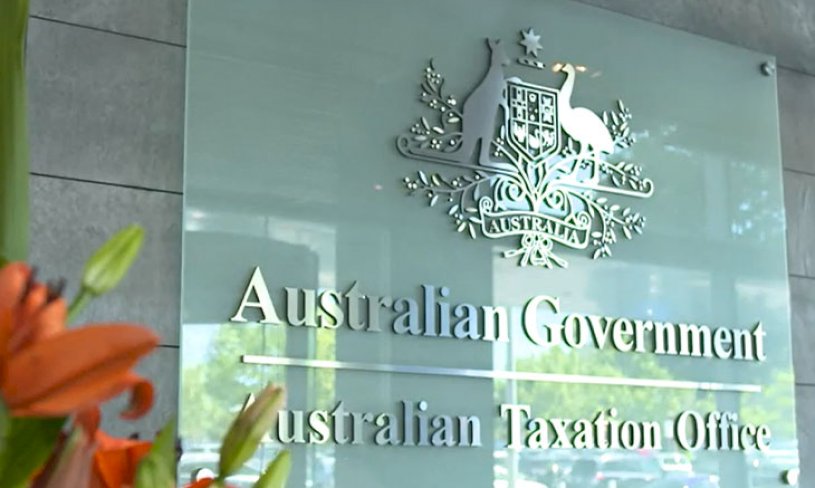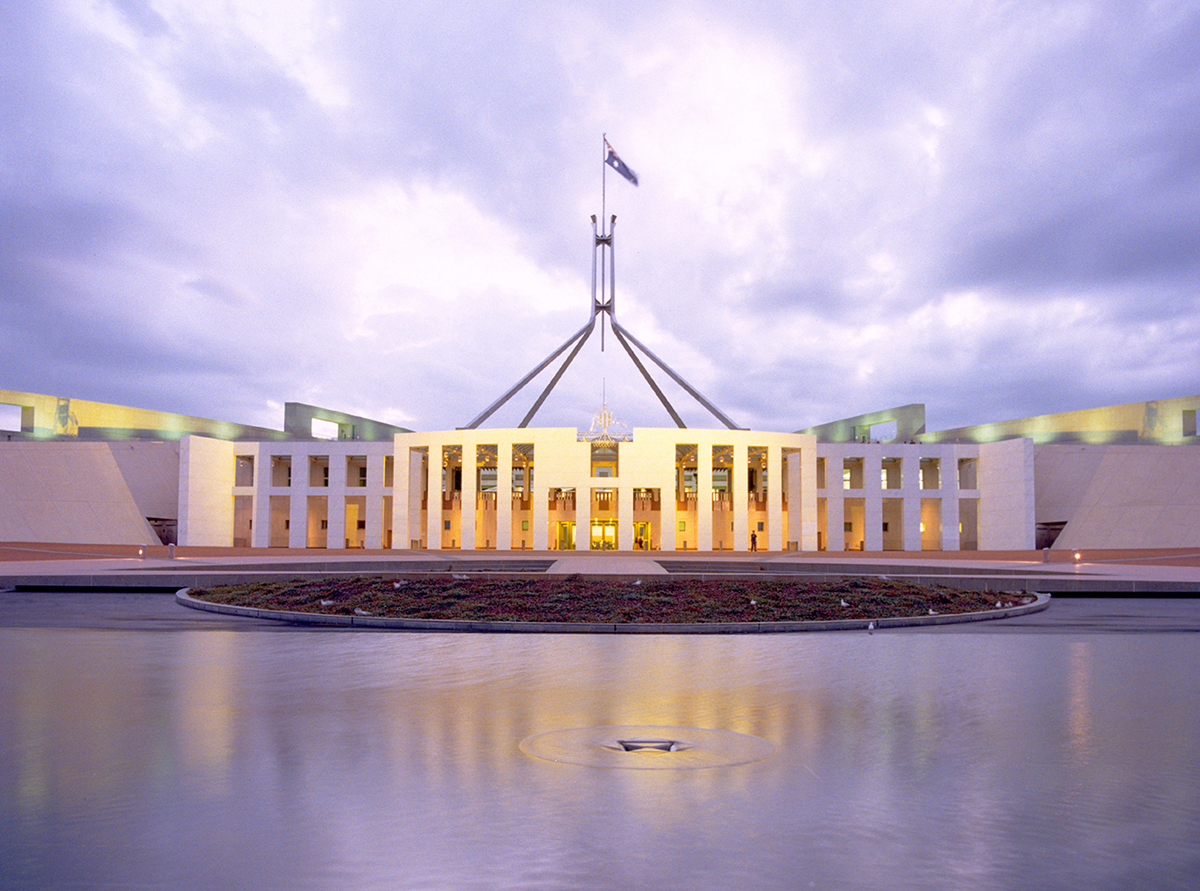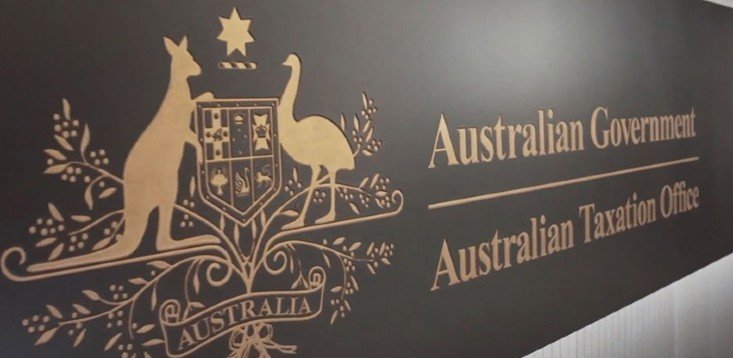During our working life, the focus is on building a superannuation nest egg for retirement.
That can seem a long way down the track until that time suddenly arrives. Planning for retirement and transitioning your self-managed super fund into retirement phase can be daunting, but it doesn’t have to be. It is about getting the right advice, information and knowing how to switch gears from accumulation to retirement.
Have I retired?
To fully access your super, you must first meet a condition of release, such as retirement or turning age 65. Whether you have retired or not will depend on your age.
First you need to have reached your preservation age. This is the age you can first access your super, subject to some other conditions. Your preservation age depends on when you were born.
For those born between July 1, 1963 and June 30, 1964, your preservation age is 59. If you are aged under 60, you also need to have ceased all employment with no intention of returning to work. For those aged 60 to 64, you only need to have ceased employment. A change of job, or cessation of one job if you have more than one, would be sufficient to meet this test.
You will need to notify your super fund, including your SMSF trustee, in writing that you have met the retirement condition of release.
It is possible to access your super as a pension once you have reached your preservation age even if you haven’t retired. This is referred to as “transition to retirement income stream”. However, this stream doesn’t enjoy the same tax concessions as an account-based retirement pension.
Do I have enough?
There is no magic figure on how much you will need in super to retire. It will depend on a range of factors — personal budgets, lifestyle, goals such as holidays or a new car, and investments you may have outside of super. Today, more people are approaching retirement with a mortgage, so this will need to be factored into any retirement planning strategies.
Your adviser can help you undertake a review of your budgets and cashflow needs, looking at how this will impact your super balance over time. How long your super will last is important to understand as how much you take today will impact on how much you have tomorrow.
Reviewing investment strategy
As you shift from accumulation and into retirement, your goals, objectives, and risk profile will change. Also, does your SMSF have enough liquid assets, cash and cash flow to meet its costs and pay your super pension each year?
Before switching your investments, you need to consider any tax implications. Investments with capital gains sold while in accumulation will be taxable in the fund at a maximum rate of 15 per cent, or 10 per cent where the investment has been held for longer than 12 months.
Fund income, including capital gains while the SMSF is paying retirement pensions, may be wholly or partially exempt from tax. How these concessions apply will depend on several factors. If there are members in the fund still in the accumulation phase and others in the pension phase, specialist tax advice should be sought to ensure your fund is structured appropriately.
Paying retirement benefits
Before doing anything, it is important that your SMSF trust deed is reviewed and, if need be, updated. Your deed will set out how your benefits can be paid to you.
The amount you can use to commence a retirement phase pension is limited by your transfer balance cap. If you have not had a retirement phase pension before, your transfer balance cap will be $1.7 million.
You will need to work out how much of your super balance will be used to start a pension. Pension documentation including member applications, trustee minutes and a product disclosure statement will be needed. You adviser will be able to assist you.
Contrary to popular belief, amounts that exceed your transfer balance cap can remain in the super system in an accumulation account. As you have met a condition of release, you will be able to withdraw amounts as lump sums, in addition to your pension payments. However, unlike pension balances, investment income derived on amounts retained in an accumulation account is not exempt from tax.
Review estate planning
One step that is often overlooked is the need to review your estate planning. This needs to be considered before starting your pension. If you wish to make your pension reversionary, that is a pension that automatically reverts to your spouse on your death, you need to include these instructions in your pension documents.
Similarly, a review of any binding death benefit nominations is needed to ensure that they are still fit for purpose.
It is a good idea to start planning for your retirement before the big day arrives. Seeking specialist advice and having a clear plan means you can focus on enjoying your retirement.
Written by Tracey Scotchbrook, SMSF Association










